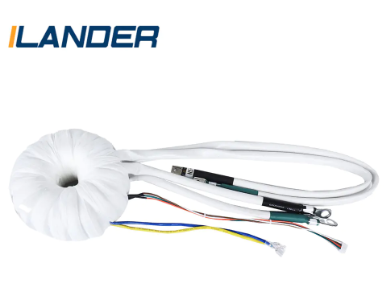Guide to choose Current Transformer - Ilanderelectric Ways

When choosing a current transformer, there are several factors to consider, including:
Current rating: The current transformer should be rated to handle the maximum current that will be flowing through it. It is important to select a transformer with a rating that is appropriate for the specific application.
Burden: The burden is the load that the secondary winding of the transformer will see. It is important to select a transformer with a burden that is appropriate for the application to ensure accurate measurement.
Accuracy class: The accuracy class of the transformer indicates the maximum error that can be expected in the measurement. It is important to select a transformer with an accuracy class that is appropriate for the required level of accuracy.
Frequency: Current transformers are designed to operate at specific frequencies. It is important to select a transformer that is designed for the frequency of the system it will be used in.
Physical size and mounting: The physical size and mounting of the transformer should be considered to ensure that it can be installed in the available space and in the required orientation.
Safety: The transformer should be designed and tested to meet applicable safety standards and regulations.
Environmental factors: The transformer should be designed to withstand the environmental factors, such as temperature, humidity, and vibration, that it will be exposed to in its application.
By considering these factors, you can choose a current transformer that is appropriate for the specific application and will provide accurate and reliable measurement. It is also important to consult with a qualified engineer or supplier to ensure that the transformer is properly selected and installed.Go to the professional Current Transformer Manufacturers ilanderelectric.com to know more information
- Art
- Causes
- Crafts
- Dance
- Drinks
- Film
- Fitness
- Food
- Игры
- Gardening
- Health
- Главная
- Literature
- Music
- Networking
- Другое
- Party
- Religion
- Shopping
- Sports
- Theater
- Wellness
- Social



